Sustainable design—a buzzword that has become increasingly popular in recent years, so much so that it is often utilized without comprehensive understanding. Sustainable development is undoubtedly a widely recognized goal in the 21st century. However, defining the term can be a formidable task due to the myriad of preconceived notions and interpretations associated with it.
The idea of sustainability came to light back in 1987 when the United Nations Brundtland Commission defined it as “meeting the needs of the present without compromising the ability of future generations to meet their own needs.” (United Nations, 1987) This definition, in all its simplicity, conveys immense significance in a modern world battling with global warming, climate change, resource depletion, and environmental degradation.
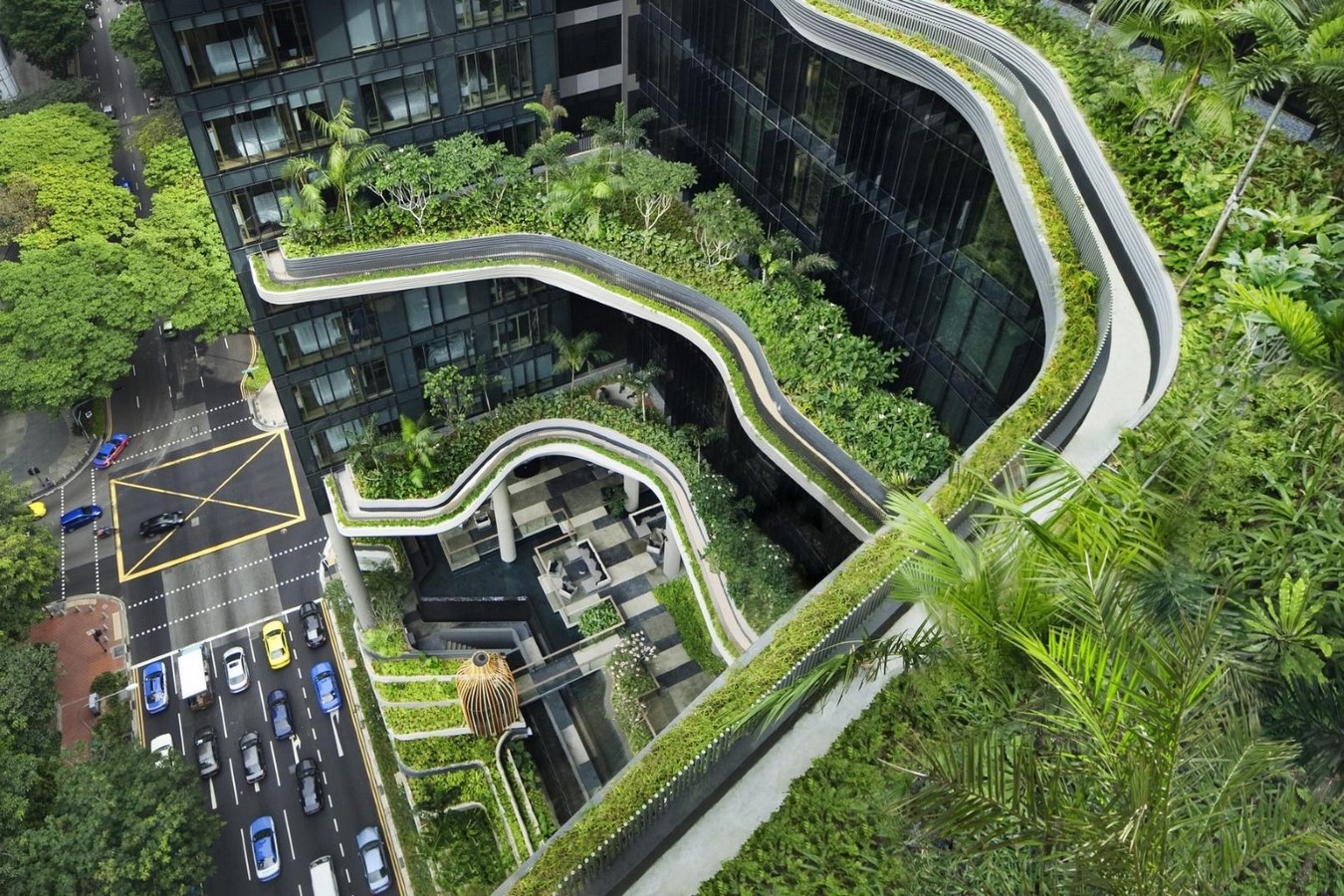
Embarking on the path to a sustainable future commences right where we live and work, in the built environment surrounding us. The structures we inhabit not only shape our present but hold the key to a more environmentally conscious tomorrow. In a nutshell, sustainable buildings also referred to as green buildings, are characterized by their ability to use reduced amounts of energy and water, emit fewer greenhouse gases, use materials more efficiently, and generate less waste throughout their life cycle compared to conventional buildings. (TERI, 2009)
Sustainable building design principles and practices are the architects of change, literally and figuratively. Discover how architects, engineers, and visionaries are redefining how we build, prioritizing the planet’s well-being while crafting structures that stand as testaments to a greener future.
Exploring Principles of Sustainable Building Design
Buildings consume resources in the form of energy, water, raw materials, and so on. They produce waste during their construction stage, occupancy, and demolition. Further, they release toxic atmospheric emissions and alter the land’s natural water absorption and retention capabilities. Hence, the primary goal of a sustainable building design is to curb resource consumption, waste generation, and harmful emissions while preserving land functionality.
Optimize Site Potential
Sustainable building design begins with site selection, including consideration of reusing existing structures or choosing brownfield, greyfield, or previously developed sites. Innovative growth strategies guide the development process, considering factors like ecosystem impact, transportation, and energy use. Site security is equally crucial, influencing access roads, parking, and lighting. Sustainable site design emphasizes stormwater management and the support of native flora and fauna, contributing to a harmonious coexistence with local ecosystems.
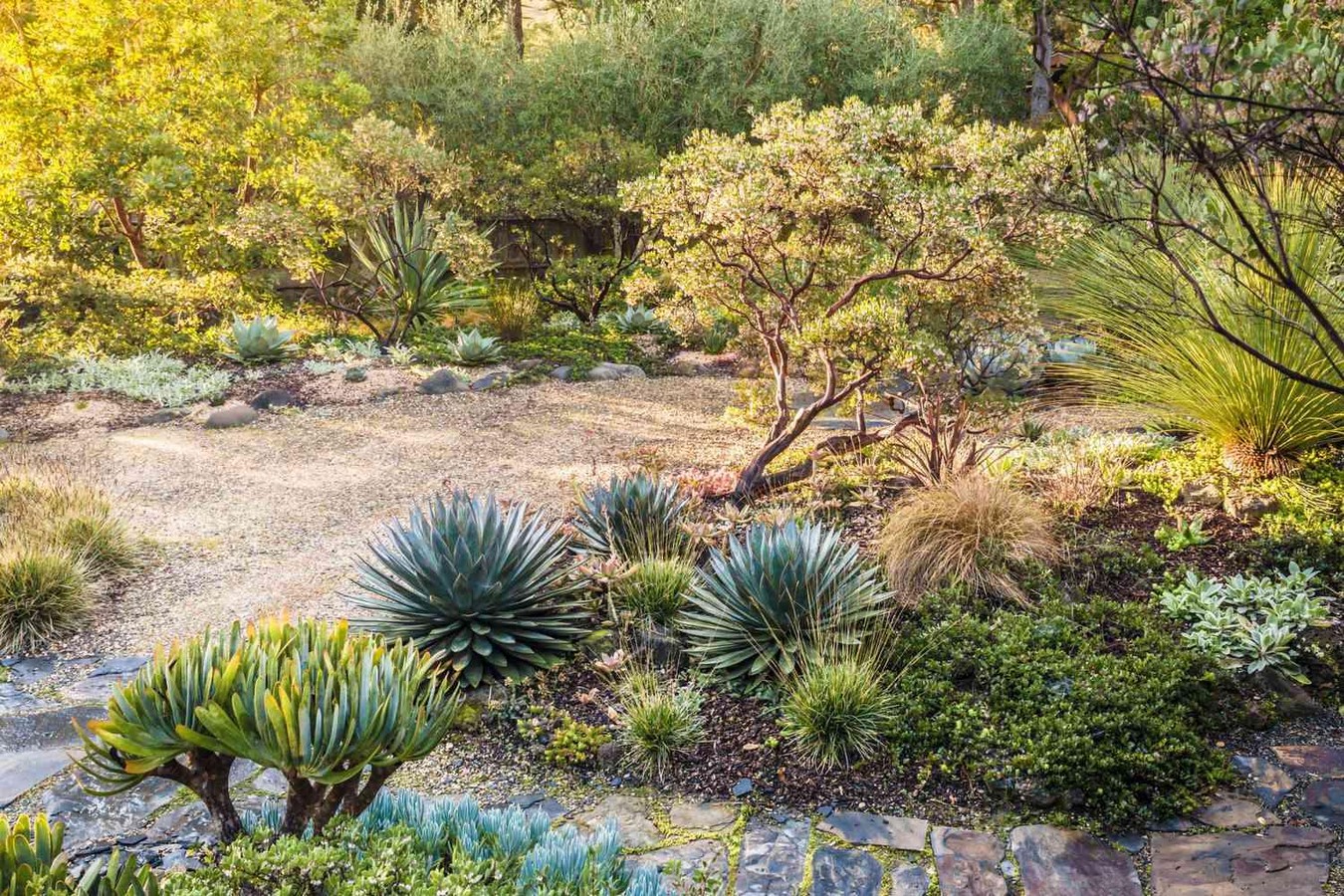
Maximize Energy Efficiency
Sustainable building design aims to reduce energy loads, increase efficiency, and integrate renewable energy sources. The goal is to decrease reliance on fossil fuels and improve energy performance. In this context, net-zero energy buildings are becoming a prominent goal for both government and private organizations.
Ensure Water Conservation
Green building practices promote innovative water conservation strategies that enable projects to make judicious use of water resources. The increasing significance of freshwater scarcity underscores the vital role of responsible water management in building design. An integral aspect of this approach involves the assessment of current water resources, the exploration of avenues for reducing water demand, and the consideration of alternative water supplies. Additionally, sustainable building design should encourage practices such as reducing impervious surfaces, incorporating xeriscaping, efficient plumbing systems, and onsite water reuse and recycling.
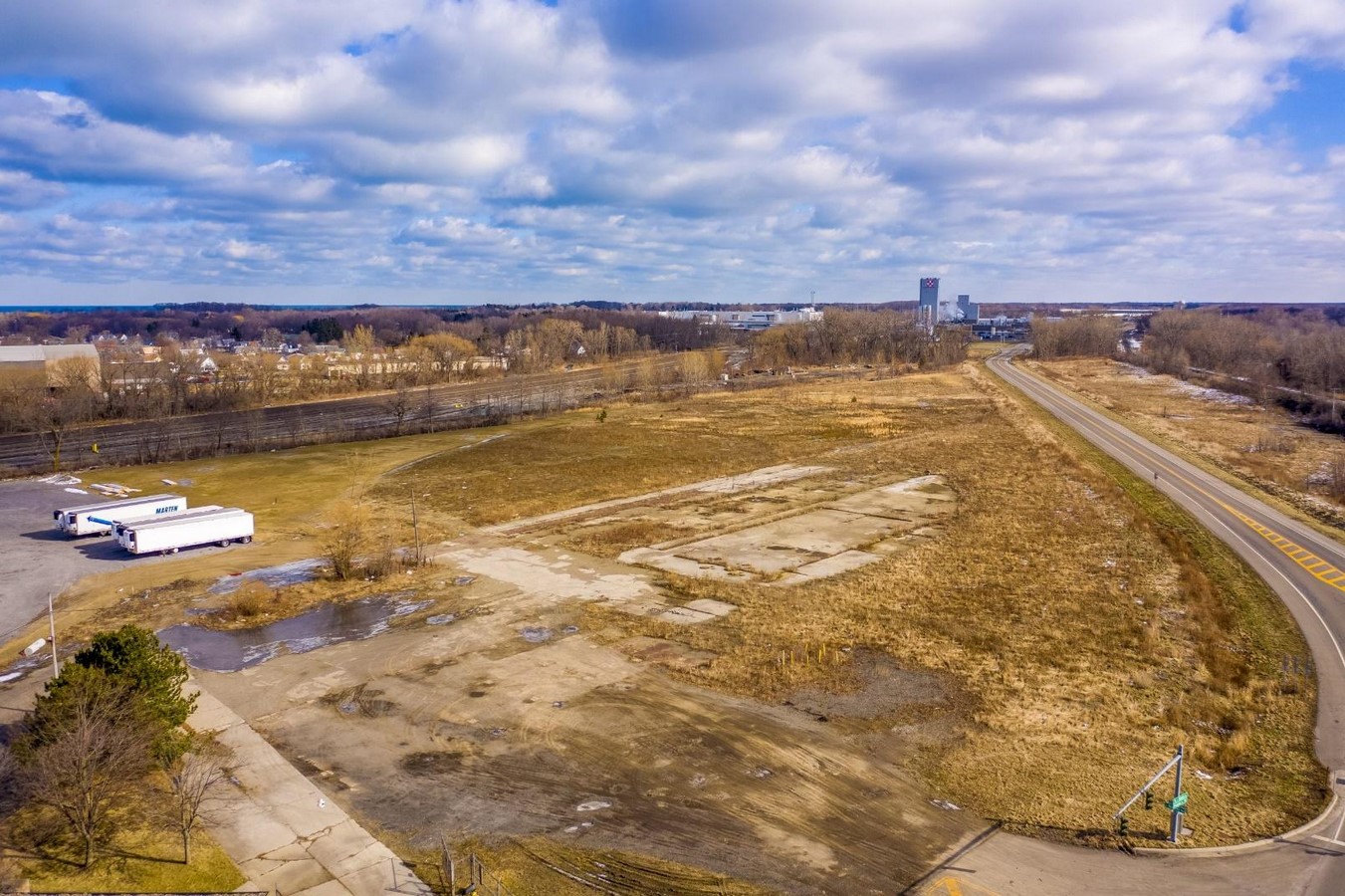
Efficient Space and Material Use
The United Nations Population Division estimates that the world’s population will reach approximately 9.7 billion by 2050. (PRB, 2020) As the population grows and resource consumption surges, the sustainable use of materials becomes vital. Environmentally preferable materials decrease impacts on human health and the environment while reducing liabilities and disposal costs. A sustainable building is designed to not only ensure the efficient use and reuse of materials throughout its entire life cycle but also facilitate adaptability for potential reuse and repurposing.
Enhance Indoor Environmental Quality
Indoor Environmental Quality profoundly affects occupants’ well-being and productivity. Sustainable buildings prioritize daylighting, ventilation, moisture control, acoustic performance, and low-VOC materials to create healthier indoor environments. These features offer occupants more control over lighting and temperature, enhancing comfort.
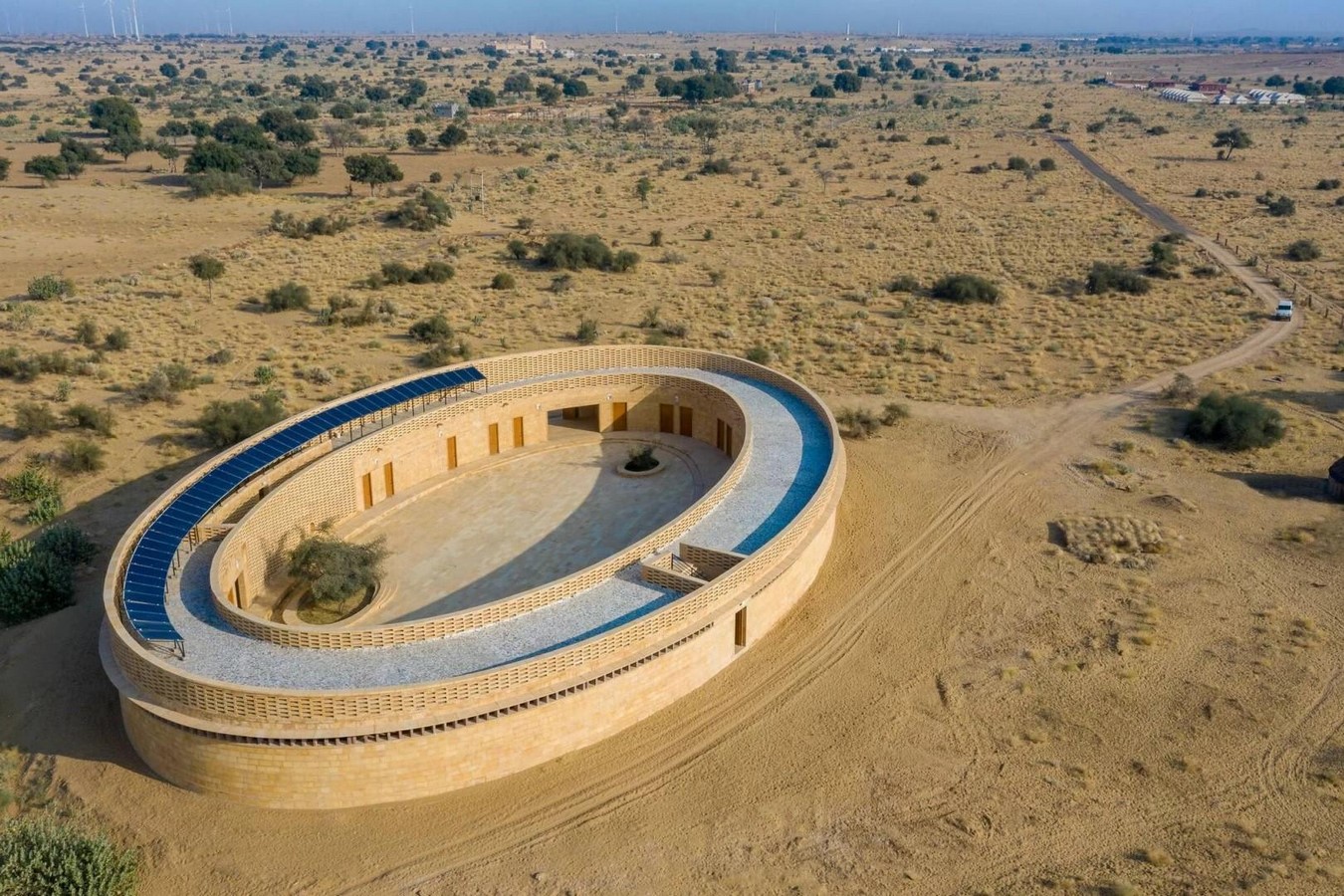
Optimize Operational and Maintenance Practices
Sustainability is not just about design; it extends to building operations and maintenance. Engaging maintenance personnel during the design phase ensures optimal system functionality, reducing resource and energy costs. Well-trained personnel manage high-performance buildings effectively. Design choices that simplify maintenance decrease resource consumption, and lower life-cycle costs contribute to sustainable building operations and maintenance.
These principles, though generic, guide sustainable building design, each playing a fundamental role in minimizing the environmental impacts of the built environment. (WBDG, 2021, USGBC, 2014)
India’s Green Building Revolution
India takes pride in its rich heritage and historical legacy of employing holistic techniques in construction and building practices. Back in 2020, the green building market was relatively nascent and lacked widespread recognition. (IFC, 2022) However, in the subsequent years, every Indian has inadvertently borne witness to significant advancements in sustainable design with notable projects across many Indian cities.
Several prominent sustainable certifications, including LEED (Leadership in Energy and Environmental Design) and GRIHA (Green Rating for Integrated Habitat Assessment), drive sustainable building design in India. Additional certifications, including IGBC Green Homes, EDGE, and BEE Star Label, further drive sustainability efforts across various domains. These certifications collectively promote India’s commitment to sustainable development, offering guidance and recognition for environmentally conscious initiatives.
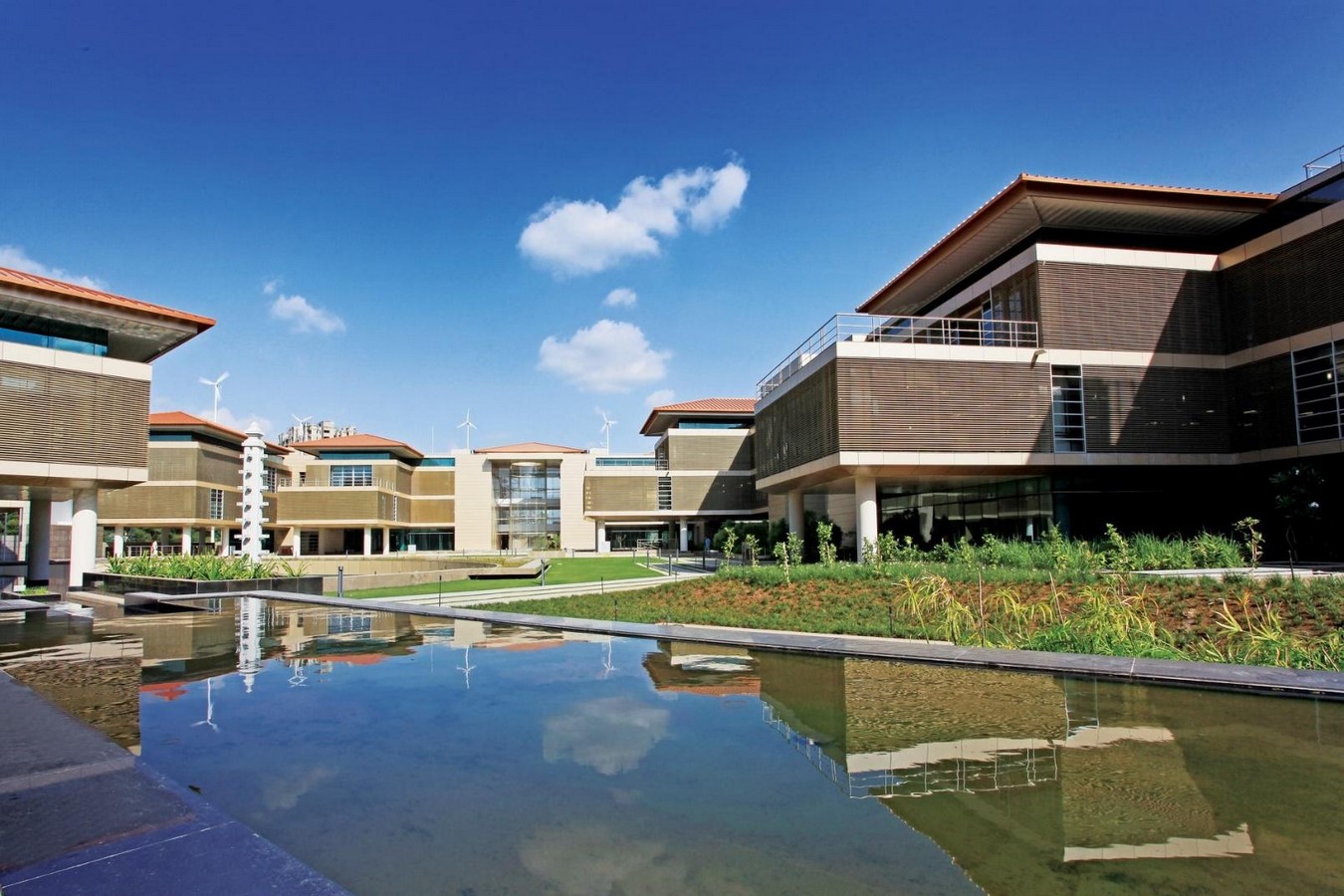
The government has implemented national and subnational policies and regulations to promote green building practices. The Bureau of Energy Efficiency, National Building Code 2017, and Model Building Bye Law 2015 provide reference sustainable building standards. Additionally, the Ministry of Environment, Forest, and Climate Change expedites environmental clearances for buildings certified by GRIHA, IGBC, LEED, and EDGE. At the same time, the Ministry of Housing and Urban Affairs offers extra floor area ratio incentives for GRIHA-certified buildings. Various states, including Karnataka, Punjab, Kerala, Odisha, and Haryana, provide fiscal incentives, and property tax rebates are offered for energy-efficient and GRIHA-certified buildings. (IFC, 2022, Sinha, 2023)
In 2022, India secured the second rank in the U.S. Green Building Council’s Top 10 Countries and Regions for LEED certification. Notably, 323 projects received certification in the past year, more than double the figure from 2021. This notable feat underscores India’s enduring commitment to curbing emissions, reducing environmental impact, and promoting the health and well-being of its citizens through adopting LEED practices, consistently securing a place in the top three countries on the list for several years. (GBCI, 2023) India’s remarkable achievement in sustainable construction is exemplified by its global top-ranking position in LEED Zero certified green building projects, as reported by the USGBC and GBCI. (Business Standard, 2023)
Conclusion
Amidst global challenges, ranging from climate change, overpopulation, resource depletion, and the ever-pressing quest for corporate individuality, architects are increasingly turning to sustainable design. They aim to create structures that are not only environmentally responsible but also efficient and comfortable for their occupants. Sustainable building design is not just another trend; it is an essential response to environmental challenges and the need for a more resilient and eco-friendly future. It is a commitment to responsible construction that benefits both the planet and its inhabitants.
References
Business Standard (2023) India tops globally in LEED Zero certifications of Green Building Projects, Business Standard. Available at: https://www.business-standard.com/india-news/india-tops-globally-in-leed-zero-certifications-of-green-building-projects-123061501200_1.html (Accessed: 29 October 2023).
GBCI (2023) India ranks second in the world for Green Building, Green Business Certification Inc. Available at: https://www.gbci.org/india-ranks-second-world-green-building (Accessed: 29 October 2023).
International Finance Corporation (2022) India Green Building Market Maturity Snapshot 2020. Available at: https://edgebuildings.com/wp-content/uploads/2022/04/IFC0077-2021-India-Green-Building-Market-Maturity-Sheet_R3.pdf (Accessed: 29 October 2023).
Population Reference Bureau (2020) 2020 World Population Data Sheet. Available at: https://www.prb.org/wp-content/uploads/2020/07/letter-booklet-2020-world-population.pdf (Accessed: 29 October 2023).
Sinha, S. (2023) India’s Green Building Revolution: Leading the way in sustainable real estate practices. Available at: https://www.financialexpress.com/money/indias-green-building-revolution-leading-the-way-in-sustainable-real-estate-practices-3175759/ (Accessed: 29 October 2023).
TERI (2009) Sustainable buildings and construction for India: Policies, practices … Available at: https://www.teriin.org/eventdocs/files/sus_bldg_paper_1342567768.pdf (Accessed: 29 October 2023).
U.S. Green Building Council (2014) LEED Core Concepts Guide: An introduction to LEED and Green Building. Washington, DC: U.S. Green Building Council.
United Nations (1987). Report of the World Commission on Environment and Development: Our Common Future. Available at: http://www.un-documents.net/our-common-future.pdf (Accessed: 29 October 2023).
WBDG Sustainable Committee (2021) Sustainable, WBDG. Available at: https://www.wbdg.org/design-objectives/sustainable (Accessed: 29 October 2023).

















